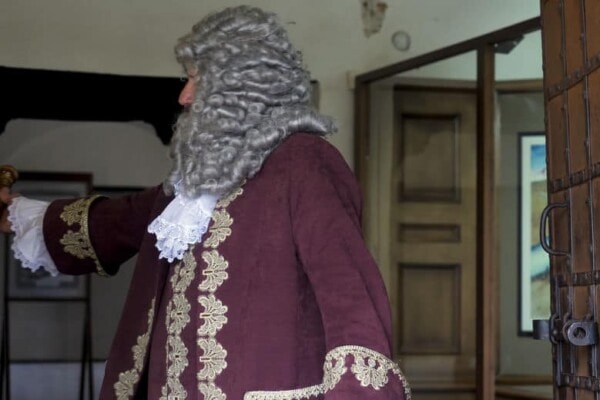As with many of the aspects regarding the Catholic Church, there is a rich history behind papal headwear. Often full of meaning and intention, “hats” worn by popes have become famous religious articles that many of us are familiar with today.
The hats most associated with the pope are the mitre, zucchetto, papal tiara and the camauro.
Let’s take a look at some of these papal headdresses and a few intriguing facts about each of them.
The Papal Tiara
Used exclusively in coronations up until the late 20th century, the papal tiara was a staple headpiece of the Catholic Church for multiple centuries. Contrary to popular belief and to what is insinuated by its name, the papal tiara isn’t just one specific headpiece. Throughout the years, multiple variations of the symbolic artifact have existed.
In 1963, Pope Paul VI became the last to wear the tiara on the day of his coronation, and then proceeded to donate the iconic piece. The decision came accompanied by an official statement:
“The Roman Catholic Church has always shown its charity toward the poor. Pope Paul VI has wanted to give new proof of this charity [after hearing] the many and grave words expressed in the council on the misery and hunger of these days.”
Subsequently, the first pope to then deny his coronation with the papal tiara was Pope John Paul I. In a 1978 article for the Washington Post, this act is described as a step towards “demystifying the papacy.” Today, it stands as a valuable piece of history that serves to teach us about the past.
About 40cm in length and adorned in gold and precious jewels, the tiara was a truly opulent sign of authority within the church. Today, that same tiara can be found at The Basilica of the National Shrine of the Immaculate Conception in Washington, DC, USA.

Mitre
Taking the place of the tiara, the mitre is perhaps the most iconic and recognizable “hat” when it comes to papal headwear, possibly in part due to its contemporary relevance. A high, liturgical white piece that comes in both a simple (mitre simplex) and a decorated (mitre petriosa) variation, the mitre is still worn today.
While it still holds the traditional cone-adjacent shape, the mitre simplex is an undecorated headpiece, as the name might suggest. It is white, and mostly worn on occasions such as Good Friday and funerals. On the other hand, the mitre pretiosa is an ornate version that is worn on most Sundays and on “feast” days.
This distinguished piece is not entirely exclusive to the pope, but rather intended for bishops and cardinals. As the bishop of Rome, the pope falls under the mitre demographic. It is actually unlawful for anybody but the pope, the cardinals, and the bishops to wear the mitre – without obtaining special papal privilege, that is. Abbots and dignitaries, for example, are often granted this right. Read more about miters in this article.
It is interesting to note that, despite being worn commonly within the occasions of the church, the mitre is actually removed when the bishops are praying. This is due to a particular passage in the Bible that indicates it is unhonorable to pray with a covered head:
“Every man who prays or prophesies with his head covered dishonors his head”
(1 Corinthians 11:4)
There is undoubtedly an enormous amount of history behind religious conventions, and consequently the headwear that stems from them. The headpieces we discussed go beyond just “hats,” as they can be argued to reflect the evolution of religious customs over time.
Zucchetto
The Zucchetto frequently worn by Pope Francis is a type of skull cap and is also known a pileus and originating in ancient Greece. It is also noticeably similar to Jewish Kippah.

Frequently worn during mass as well as for day to dat duties, popes wear white zucchettos while other ranks in the Church wear different colors. With cardinals, for example, wearing scarlet zucchettos. Popes including Pope Francis have traditionally given these caps away as a keepsake when gifted with a new one.
Camauro
The camauro is a winter hat made from wool and traditionally worn in the winter in the place of the zucchetto. Unlike the zucchetto though it is worn in red rather than white. Its use has fallen out of favor in the modern era although it was was worn once in 2005 by Benedict XIV.













